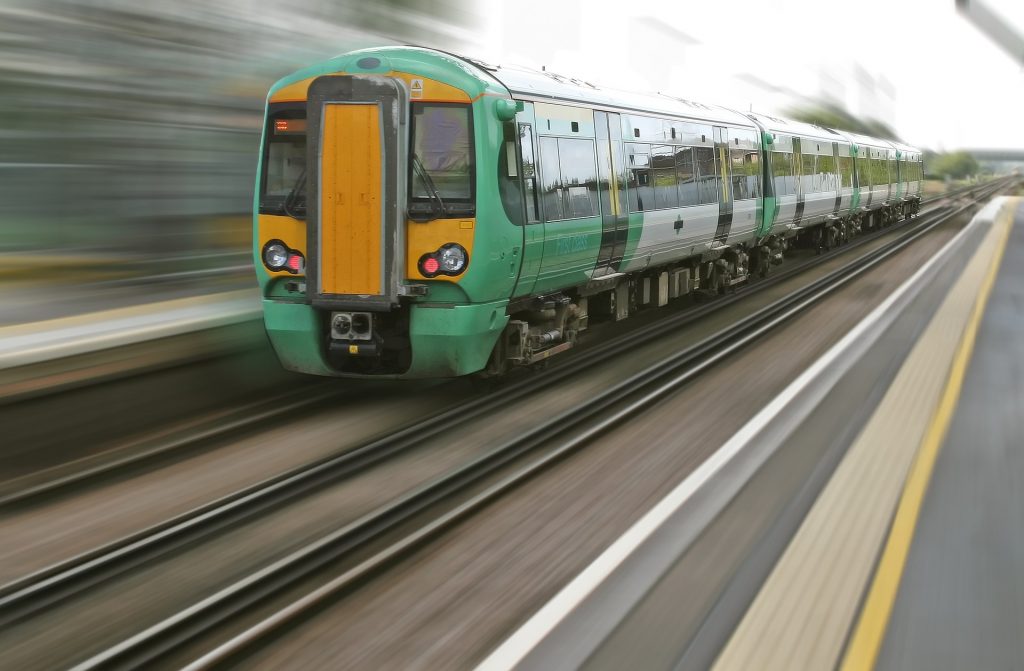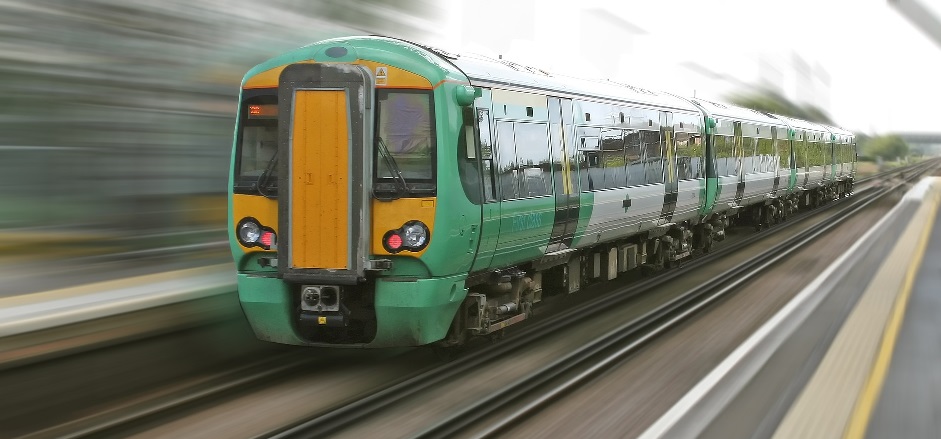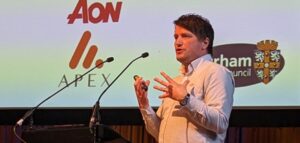 Heiko Schupp from Columbia Threadneedle Investments explains the risks and opportunities that disruptive technologies present, the agility required to take advantage of these fluid investment trends, and how investors can build an infrastructure portfolio responsive enough to succeed in these changing times.
Heiko Schupp from Columbia Threadneedle Investments explains the risks and opportunities that disruptive technologies present, the agility required to take advantage of these fluid investment trends, and how investors can build an infrastructure portfolio responsive enough to succeed in these changing times.
The world is changing – and innovation acts as a catalyst for growth and success. Businesses that fail to innovate are more likely to lose market share and suffer reduced productivity and efficiency, profit or even business failure. Kodak’s rise and fall is one of the most famous examples, but there are many more.
While innovation itself can change certain processes (e.g. a factory production line), it does not necessarily destroy an industry’s long-term future. True disruptive innovation, however, can destroy or irrevocably alter entire sectors. This type of disruption is creating opportunities across all core infrastructure asset types including utility, transportation, social infrastructure, renewable energy and telecommunications.
To take advantage of these, a successful infrastructure investment strategy requires a dynamic, flexible, open-ended approach that understands the potential positive impact on returns from emerging technologies and future trends.
Taking electric vehicles (EV) as an example, major global automobile players are expected to launch more than twenty different EV models in the next 24-36 months, boosting total global EV sales from 164,000 in 2014 to 1,695,000 units by 2019. Increasing EV charging, however, is expected to put pressure on local utility networks and circuits, so more resources are needed to handle this increasingly large energy consumption. As more EVs are connected to the grid, significant spikes in demand will likely impact stability, efficiency, and operating costs of the grid. Owners of these grids must therefore invest significant and substantial amounts into their infrastructure to replace and upgrade their transmission networks, else they will not be able to accommodate these changes.
Another example is global transportation, where the mass adoption of 3D printing has the potential to significantly impact freight, logistics, container shipping and more. The ability to build increasingly larger and more complex components and achieve higher speeds and much lower costs than traditional methods could transform how many major ports operate in future.
Containerisation, has been one of the most important logistics inventions in the 20th Century and a major driving force behind post-war globalization, reducing transportation time and costs and developing into the global scale, highly automated and standardised industry it is today. However, falling costs and the rising efficiency of 3D printing technology is changing the direction, velocity, and volume of global commodity flow. For example, a growing shift away from finished goods to raw material transportation, semi-processed raw materials and 3D printing cartridges is expected. As printing technology improves and becomes more mainstream, ports that cannot adapt to the diversification in types of freight increase their risk of becoming redundant.
Since many infrastructure assets have a lifespan of 50 or more years, any investment decisions made today will have lasting repercussions and so it is essential that investors take a long-term view. However, to ensure steady, long-term returns in today’s fast-changing environment, infrastructure investing must be structured in such a way as to be highly flexible in order to seek and respond to fast-moving opportunities – and to have access to the capital required to do so. This is no longer an environment for traditional infrastructure investment vehicles, which lock investors into rigid structures with constrained investment periods that cannot take advantage of fluid investment trends without adding debt and therefore increasing the assets risk profile.
A number of characteristics define a successful infrastructure portfolio. Firstly, considering the long-term nature of both infrastructure assets and pension fund objectives, an open-ended investment vehicle is key. Managers can target low volatility and steady returns more effectively and act swiftly when opportunities are identified. For the underlying investor, a dynamic, flexible structure should allow investments to outperform liabilities whilst keeping up with a constantly changing environment.
Secondly, investors must be able to build a portfolio of infrastructure assets that can withstand a variety of influences, such as economic cycle volatility and/or disruptions. By using dynamic portfolio construction techniques, managers can deliver robust diversification that will withstand varying macroeconomic conditions. Within this structure they can also exercise a variety of operational levers to enhance value and improve yield.
Sustainability is a critical component of any successful investment approach. In infrastructure, sustainability and attractive long-term returns go hand in hand, therefore incorporating environmental, social and governance (ESG) criteria into investment analysis and decision making is essential. It specifically addresses the significant regulatory and political risks. If a project/asset is ecologically and/or socially sustainable there is less risk of negative intervention by politicians or regulatory bodies in the long term.
The world is changing and with the right know-how, investors can take advantage of these opportunities. Fund managers need to understand innovation and have the capabilities to determine which technologies will turn into trends that dominate asset types. Applying this knowledge to their asset allocation, they can capitalise on fast-moving trends that will influence infrastructure assets in the decades ahead and flexibly build portfolios that deliver both the long-term yield and capital growth institutional investors require.
Heiko Schupp is the global head of infrastructure for Columbia Threadneedle Investments.













